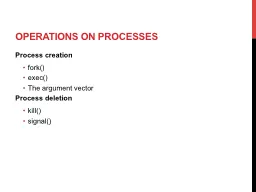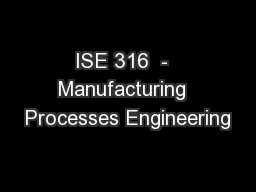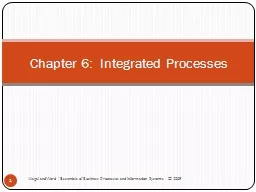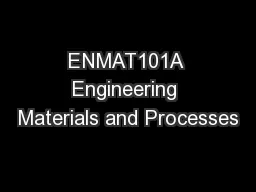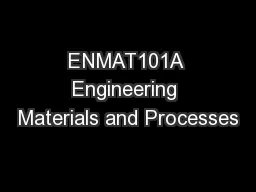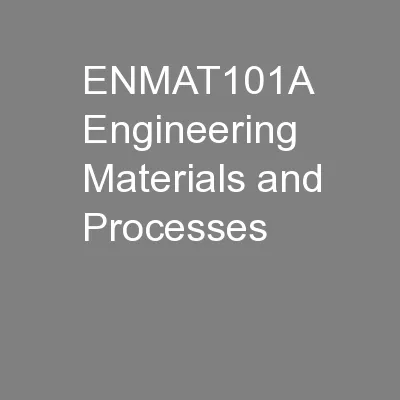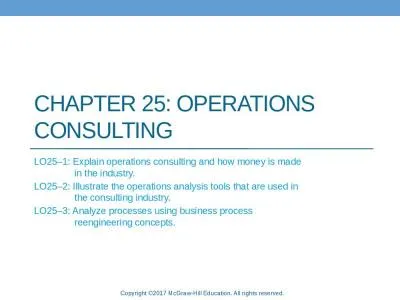PPT-OPERATIONS ON PROCESSES
Author : alida-meadow | Published Date : 2017-04-24
Process creation fork exec The argument vector Process deletion kill signal Process creation Two basic system calls fork creates a carboncopy of calling process
Presentation Embed Code
Download Presentation
Download Presentation The PPT/PDF document "OPERATIONS ON PROCESSES" is the property of its rightful owner. Permission is granted to download and print the materials on this website for personal, non-commercial use only, and to display it on your personal computer provided you do not modify the materials and that you retain all copyright notices contained in the materials. By downloading content from our website, you accept the terms of this agreement.
OPERATIONS ON PROCESSES: Transcript
Download Rules Of Document
"OPERATIONS ON PROCESSES"The content belongs to its owner. You may download and print it for personal use, without modification, and keep all copyright notices. By downloading, you agree to these terms.
Related Documents

